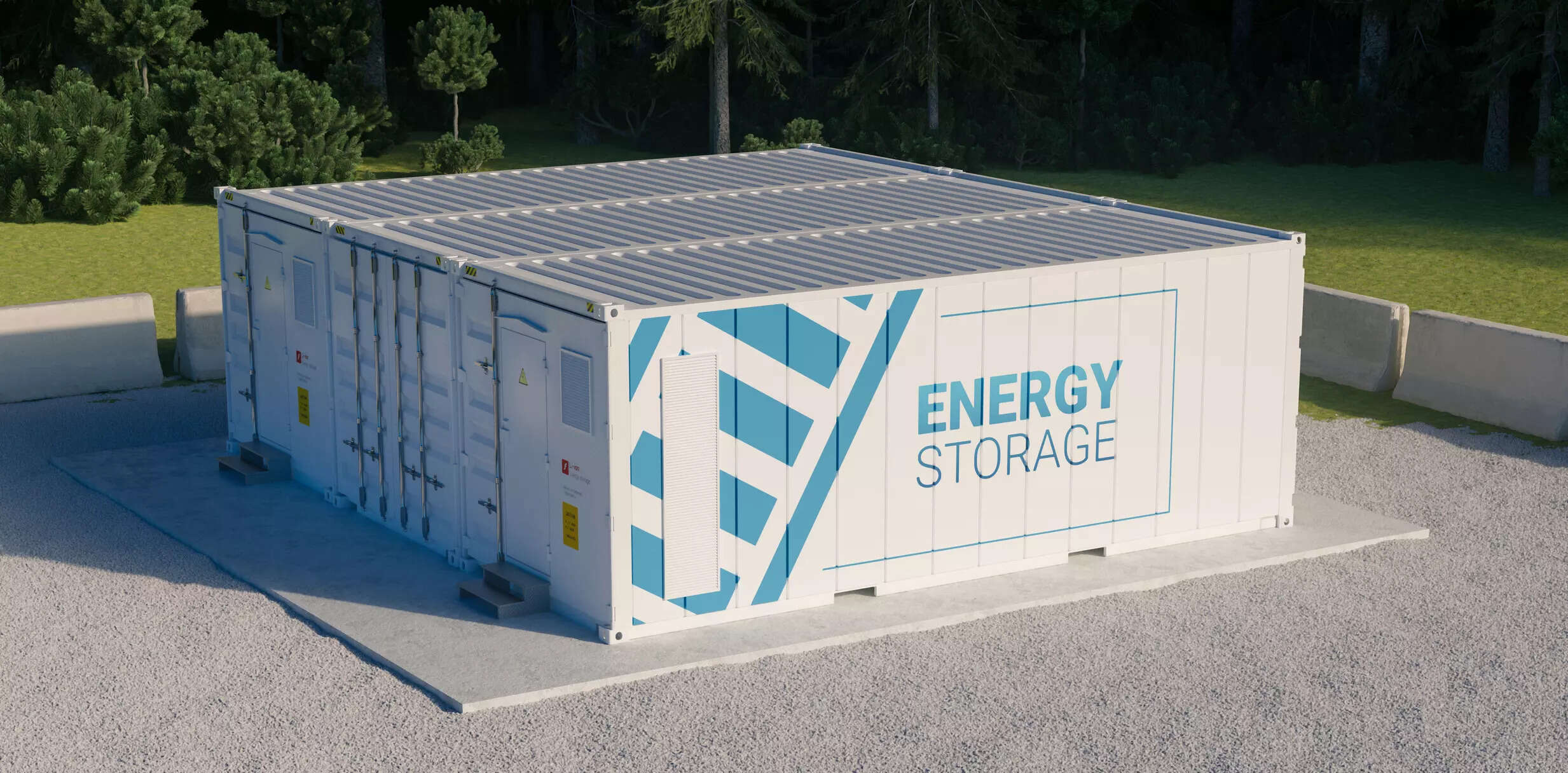
Offgrid Energy Labs, backed by Shell, Ankur Capital and APVC Singapore, is a deep-science-technology led startup founded out of IIT- Kanpur around four years ago. The company that has been honing this technology with a host of PhDs along with IIT-Kanpur is now coming out of stealth mode. It has innovated on sustainable, commercially viable energy storage.
Rishi Srivastava, co-founder at Offgrid talks to TOI about the sector and the company’s plans. Excerpts:
How did it all start?
Energy storage is the hot-buzzword today but around five years ago, when the journey started, it was an untapped area.
We have been able to achieve in our three focused areas- innovative chemistry (with our platform—ZincGel), design–as a key focus, and manufacturing and materials used for it. Globally, one of the big hot spots for energy storage, especially when it comes to lithium, is the fact that a lot of these materials are expensive, not readily available, and not environmentally sustainable. Those are the areas where we have innovated deeply.
Second important aspect is that our primary focus lies on the stationary energy storage market. Interestingly, today when you talk of energy storage and batteries, the first thing that comes to mind is electric vehicles. That said, the global market space carries immense opportunities for energy storage in the stationary space–which is the non-mobility space. We have chosen to start our journey at Offgrid in stationary applications.
We went to the industries and realized what is the problem with respect to electric vehicles. With respect to energy efficiency, today if we look, there are already better technologies. But the problem is they are not doing that great on sustainability aspects and supply of materials and that’s why there is this dependency with respect to energy resources. With this vision, we started innovating towards this new chemistry which should have commonly available raw materials across the globe, they should also be non-toxic in nature. So, there is not a single component in this technology that is environmentally toxic.
Thirdly, it must be efficient. In an efficiency bar at par with lithium we brought the sustainability bar way forward than lithium. We are not competing against lithium-ion as a whole, so we believe all these technologies will exist together. Just like the electricity mix, energy storage mix will be there. Energy storage market is going to be a mix of lithium, ZincGel, there could be some portion–1% of lead-acid as well, Flow battery etc.
What’s core tech behind it?
There are three critical elements, first is electrolytes. We have invented a new class of electrolyte that has never been done or used before in the battery. Second is materials, we have figured out a combination of sustainable commonly available materials. It was easier actually to use certain materials that are rarer, we would have had a new battery technology much earlier but that’s not the way we wanted this to be. And thirdly, the design aspects. When I talk of design, it is not the aesthetics design, it is industrial design– how should there be an arrangement of those components within the battery and the way they are manufactured. So that there could be easy manufacturing across globe– tomorrow you can imagine, we can set up modular manufacturing in India, Africa, Europe, Japan, anywhere across the globe. That’s our goal that we want to really achieve with ZincGel.
What is the business plan you have? I mean of course you are partnering with top-players, but if you could take me through a broad business plan which you have in mind.
Partnership model is our way of going where we play a role of building that core- an IP creation and we partner with industries who are into this. For example, renewables, this industry has been existing since ages. Partnering with such manufacturers would bring up the scale and make the global expansion happen much faster. So, licensing our IP is one way.
On the business side, currently the stage of the company is– batteries have to go through a certification process before they can be commercially launched–18 months away from its commercial launch. That said, the business plan as of now is very clear. We have identified specific applications in retail, in renewable energy, and EV charging for which we have partnered with companies such as Shell, Tata Power and others. We are going to start a pilot with them at the start of September after which there will be a validation process.
What are the broad challenges that you see or foresee for your product or for the direction that you have taken?
From a technology standpoint we have already made tremendous progress. The challenges that we see from a business standpoint, the first and foremost being adoption of new technology in the market. Let me take you back, if we look at energy storage, batteries have been present since the 1800’s and typically if we look at the history of batteries, there are some innovations that have happened but quite slowly. This industry sees innovation every 40-50 years, unlike the computer/software or hardware industries which see rapid innovations every year. If we see today, lithium-ion is very hot, but it came about 40-45 years ago.
Zinc, by the way, as a material was first used by the French when batteries were invented but those weren’t chargeable. This is an industry where innovation usually has been relatively slower– and the first challenge when you do this innovation, is to get market adoption. It is to get people to adopt it because applications are already known to use things like lead-acid, lithium-ion and other storage solutions. These industrial applications don’t move in a short time. But we have mitigated this challenge. That’s the reason why we as a company decided to partner with these people. We believe that we can do one of the best technologies in the world but it’s worth nothing if no one will use it.
Also Read:
